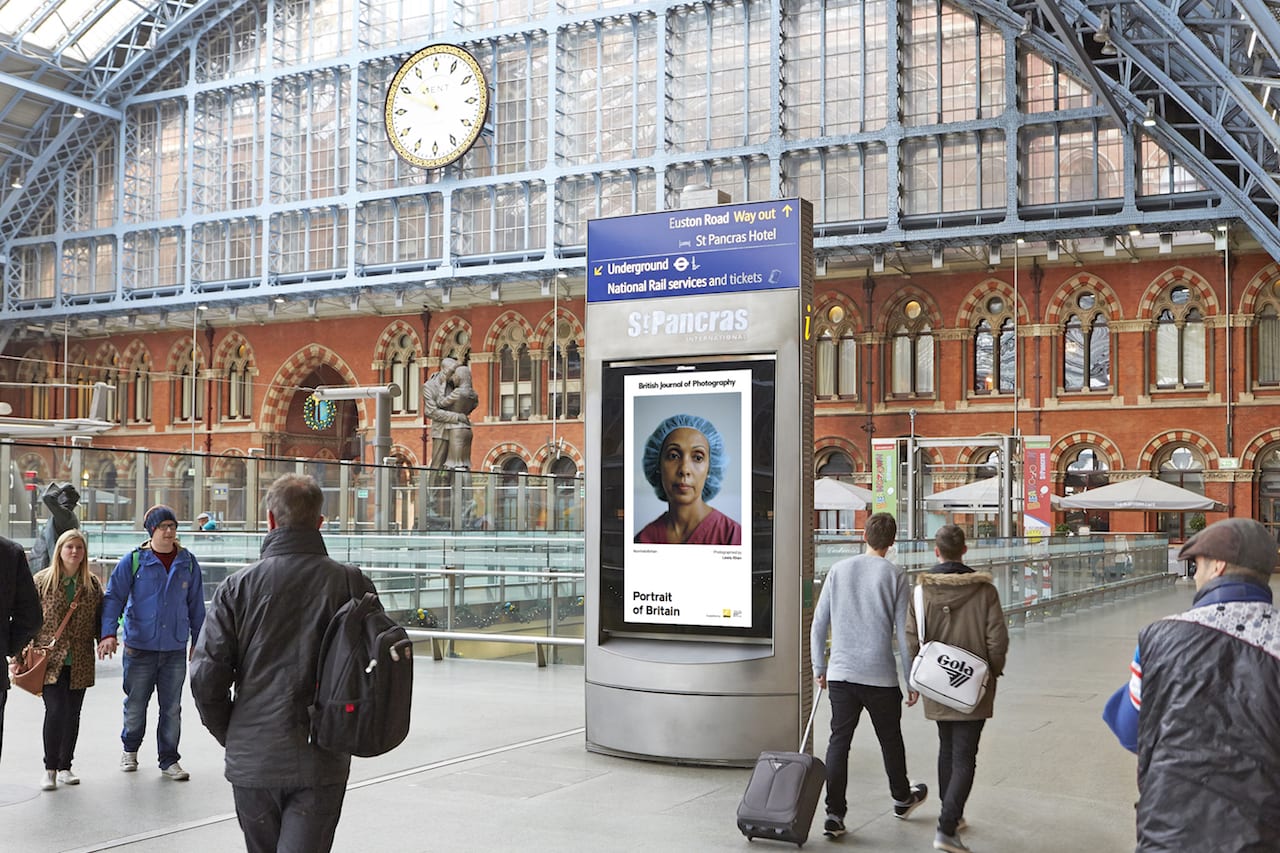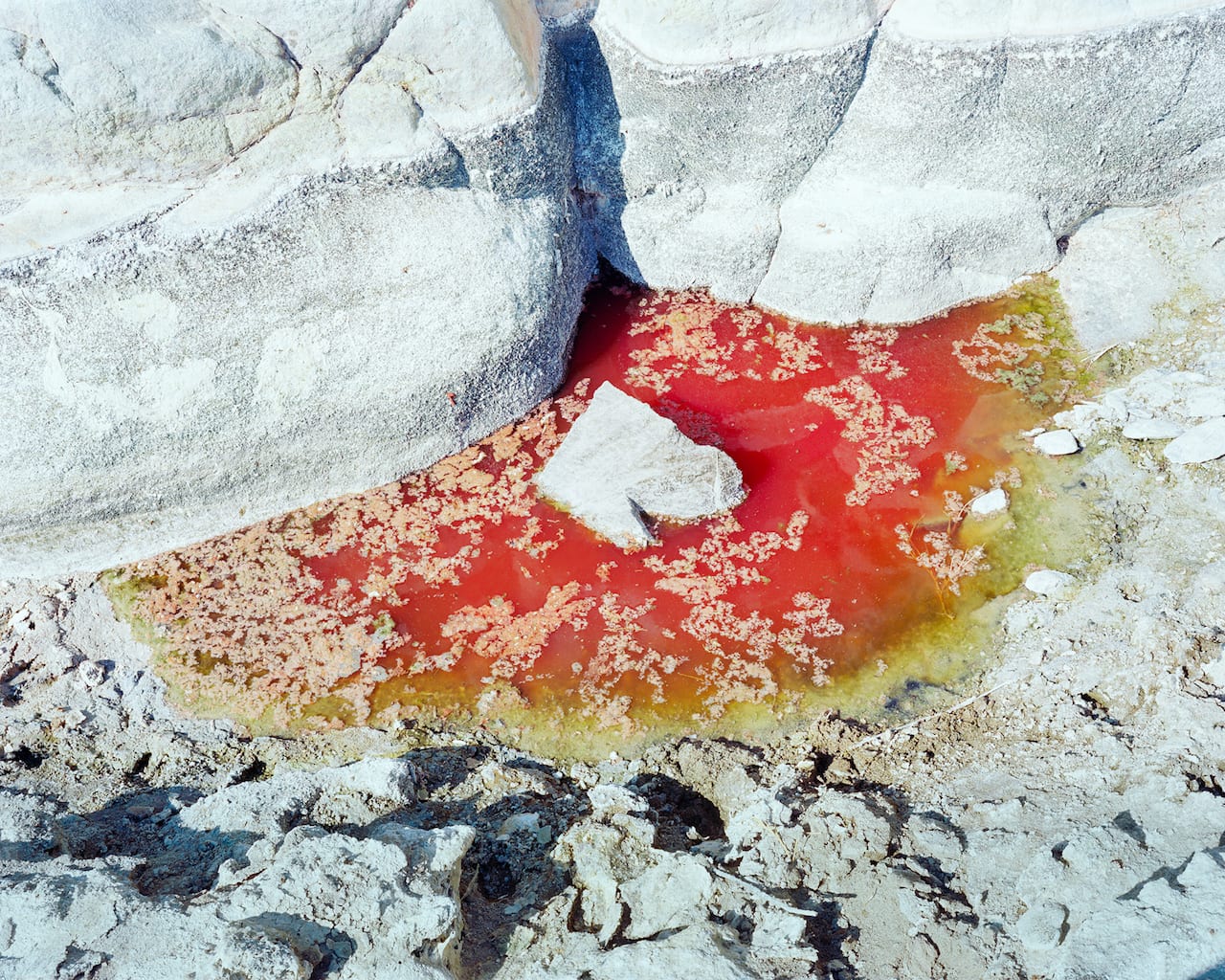From the battlefields of Europe to the rooftops of Manhattan, the late photographer’s career is explored anew to mark his centenary


From the battlefields of Europe to the rooftops of Manhattan, the late photographer’s career is explored anew to mark his centenary

Bangladeshi photographer and social activist Shahidul Alam was freed from Dhaka Central Jail at on 21 November, after being locked up for 107 days for spreading “propaganda and false information”.
The 63-year old photographer and Drik Gallery director was arrested at his home in Dhaka on 05 August, and was charged with violating Section 57 of Bangladesh’s Information and Communication Technology Act (ICT), which has been used in more than 20 recent cases involving journalists, most of them related to news-reporting, according to Bangladeshi paper The Daily Star.

Bangladeshi photographer and Drik Gallery director Shahidul Alam has reportedly been denied bail by a court in Dhaka.
Various local media outlets, including United News of Bangladesh, The Daily Star, and Bangla Tribune, have all reported that Judge KM Imrul Kayes of Dhaka Metropolitan Session Judge’s Court passed the order on 11 September. Public Prosecutor Mohammad Abu Abdullah moved against the bail petition, while Barrister Sarah Hossain stood for Alam – who filed the bail petition through his lawyers on 28 August, asking for it to be granted as he is ill.

“I never thought of myself as doing anything other than telling stories,” said Erich Lessing. “The camera became the medium through which I did that, but I don’t carry a camera everywhere I go. To me, it is simply the means to a very specific end. I observe the world through my eyes and not through the viewfinder of a camera. I don’t interpret, nor do I adjust anything in the dark room. I am a realistic photographer.”
They’re modest words from a man who created iconic images of the 20th century, and who was a member of Magnum Photos for well over half a century. His photographs of the Hungarian revolution in 1956 were seen around the world, as was his shot of the presentation of the Austrian State Treaty on the balcony of the Belvedere palace in front of a cheering crowd in 1955.

“Everyone talks about 1968 as the year of revolution, but America was burning in 1967,” says Mark Sealy. “There were many riots and disturbances that year, but Parks was looking at intimacy, not running across the country shooting riots. He was telling history through these very personal stories.” He’s talking about Gordon Parks, the feted documentary photographer and film-maker (best known for directing Shaft). In particular Sealy is talking about Parks’ work with the Fontenelles, a family living in poverty in Harlem in 1967 that Parks photographed for a 16-page story published in Life in March ’68.

Portrait of Britain returns for a second year with 100 more images that encapsulate life the length and breadth of the UK. From almost 8,000 entries this year, the final hundred will now be displayed in a digital exhibition across JCDecaux screens in shopping centres and commuter hubs around the country throughout September. In partnership with Nikon, the photography giant, Portrait of Britain aims to show the social and cultural diversity of people in the UK and showcase everyday citizens and unsung heroes in a gallery of the people, by the people, for the people. Simon Bainbridge, Editorial Director at the British Journal of Photography, was excited about the latest portraits for 2017, saying, “Collectively, the portraits celebrate the unique heritage and diversity of modern Britain, as much as its thriving photography culture and the myriad styles and approaches they employ in their work.”

“I’m not concerned with being an environmental photographer, I’m concerned with making images that make you feel something you can’t quite understand. There’s something that happens when you’re presented with what you can’t quite fathom.” In Matter, Michael Lundgren explores deserts in Spain, the US and Mexico but his landscapes are a departure from more traditional photographs in this field. He wants us to question the world around us and find a magical realism in life, death and our environment.